Is what’s for dinner tonight possibly something that is banned halfway around the world? A variety of foods that are considered “safe” in some countries are actually forbidden elsewhere. Sadly, many U.S. foods are banned in Europe, making it clear why disease and illness seems to be sky-rocketing in North America, but remaining stable in other countries.
Although countries in Europe may have similar, or completely identical product lines, these foods are not created equal. One toxic ingredient may be included in the exact same product in the U.S., but left out in said product in Europe – why the difference, and why do we continue to purchase these products instead of asking questions and demanding answers?
Becoming self-aware and educated consumers is the only way you can truly take charge of your own health. Trusting in the government and FDA to take care of your health may just leave you on the road to ill-health.
10 Banned Foods That Every American Should Stop Eating
How are these toxic foods affecting our health? Find out below, where 10 American foods that are banned elsewhere are described.
1. Farm-Raised Salmon
Fish farms were created to rapidly produce supermarket protein – however these fish contain high concentrations of antibiotics, pesticides and contain much lower levels of healthy nutrients than wild ocean-caught salmon. Farm-raised fish are also fed an unnatural diet of genetically engineered (GE) grains. The resulting grayish flesh is masked with pigment pellets (like CAROPHYLL® pink astaxanthin) that are used to make the fish “look good”.
Pale pink fish and wide fat marks are a sign of farmed salmon. Wild sockeye gets its red color from naturally-occuring astaxanthin and carotenoids, so if you do eat salmon, choose ones which are labelled “Alaskan” or “sockeye,” while avoiding those labelled “Atlantic Salmon”. Also note that staying away from fish this day in age is one of the best things you can do for your body, considering the waters are tainted with radioactive particles which result in cancer and other autoimmune disorders.
Where it’s banned: Australia and New Zealand
2. Genetically Engineered Papaya
Genetically modified papayas are approved for consumption both in the US and in Canada. Most Hawaiian papaya is genetically engineered to be ringspot virus-resistant. Genetically engineered foods like corn and soy have been found to result in multiple-organ damage, intestinal damage, massive tumours, birth defects, premature death and/or nearly complete sterility by the third generation in lab animals. Staying away from GE foods, as we can see, is very important.
Where it’s banned: The European Union
3. Ractopamine-Tainted Meat
Ractopamine is banned almost everywhere except America. Ractopamine is a beta agonist drug (also used in asthma medication), which increases protein synthesis and makes animals more muscular. These drugs have been used in US cattle production since 2003, and as much as 20% can remain in the meat you buy in stores.
In fact, Russia issued a ban on US meat imports, effective February 11, 2013, until it is certified ractopamine-free. Currently, US meats are not even tested for the drug. This drug damages the human cardiovascular system and can cause hyperactivity, chromosomal abnormalities and behavioural changes.
Where it’s banned: 160 countries across Europe, Russia, mainland China and Republic of China (Taiwan)
4. Flame Retardant Drinks
Brominated vegetable oil (BVO) was developed as a flame retardant for plastics and foam cushions, and has been used in the United States for decades in citrus-flavoured soft drinks to help mix the fruit flavouring with the liquid in the beverage. BVO bioaccumulates in human tissue and breast milk and can alter the central nervous and endocrine systems and promotes iodine deficiency resulting in skin rashes, acne, loss of appetite, fatigue and cardiac arrhythmias.
The FDA originally classified BVO as ‘generally recognized as safe’, and has now reversed the classification to ‘interim food additive’, which is reserved for foods with “possibly questionable substances.”
Where it’s banned: Europe and Japan
5. Processed Foods & Artificial Food Dyes
Over 3,000 preservatives, flavourings, and colours are added to US foods, a majority of which are banned in other countries. Instead, countries like Norway and Austria use natural food colourings like paprika extract, turmeric and beetroot to dye their foods.
For example, boxed Mac & Cheese, Jell-O, kids’ cereals, and cheddar flavoured crackers contain red 40, yellow 5, yellow 6 and/or blue 2, which can result in cancer, birth defects and behavioural problems. Many dyes, as reported by The Centre for Science in the Public Interest are also “contaminated with known carcinogens.”
Where it’s banned: Norway and Austria
6. Arsenic-Laced Chicken
After years of hiding, hoping no one would notice, the FDA finally admitted that chicken meat sold in the USA contains arsenic, a cancer-causing toxic chemical that is fatal in high doses. The FDA admitted, through its own research, that the arsenic added to chicken feed ends up in the chicken meat where it is consumed by humans.
Arsenic is added to feed because it makes the animals grow quicker and makes the meat products look pinker and “fresher.”
The European Union has never approved using arsenic in animal feed, and US environmental groups have sued the FDA to remove them.
Where it’s banned: The European Union
7. Bread with Potassium Bromate
Potassium bromate, a food additive illegal in the EU, Canada, Brazil and elsewhere because it causes cancer in rats and mice is still legal in the United States, ever since it was first patented for use in baking bread in 1914.
In 1982, researchers in Japan published a series of studies which showed that potassium bromate causes cancer in the thyroids, kidneys and other body parts of rats and mice, which resulted in a world-wide ban of the chemical – that is, except for the U.S Food and Drug Administration which held back, because they claimed that the amount of potassium bromate that remained in bread after baking is less than 20 parts per billion (ppb). However, this harmful additive can potentially be found in the final product in far greater quantities.
Pepperidge Farm and others use only unbromated flour without experiencing “structural problems” as most commercial baking companies claim that potassium bromate helps with.
To avoid this additive, check ingredient listings for “potassium bromate” and “bromated flour.”
Where it’s banned: Canada, China and the EU
8. Olestra/Olean
This calorie- and cholesterol-free fat substitute is used in fat-free snacks like pudding, chips, cookies, ice cream and french fries. In fact, Time Magazine, named it as one of the worst 50 inventions ever.
MSN noted: “Not only did a 2011 study from Purdue University conclude rats fed potato chips made with Olean gained weight … several reports of adverse intestinal reactions to the fake fat include diarrhea, cramps and leaky bowels. And because it interferes with the absorption of fat soluble vitamins such as A, D, E, and K, the FDA requires these vitamins be added to any product made with Olean or olestra.”
Where it’s banned: Canada and the UK
9. Preservatives BHA and BHT
These preservatives are used in lipsticks and moisturizers, and they are also used in our food (yeah..what?). BHA and BHT can induce allergic reactions in the skin, and the International Agency for Research on Cancer classifies BHA as a possible human carcinogen. It interferes with hormone function, according to The European Commission on Endocrine Disruption (where it is labelled a Category 1 priority substance), and can lead to liver, thyroid and kidney problems, as well as affect lung function and blood coagulation.
BHA and BHT are common preservatives in foods like cereal, mixed nuts, chewing gum, butter spreads, meat and beer.
Where it’s banned: Both banned in parts of the European Union and Japan. UK does not allow BHA in infant foods.
10. Milk and Dairy Products Made with rBGH
rBGH is a genetically engineered artificial hormone injected into dairy cows to make them produce more milk. It was genetically engineered by Monsanto from E.coli bacteria and marketed as “Posilac.”
It is banned in over 30 nations, except the USA and a few others. Why? It converts normal tissue cells into cancerous ones, and increases our risk of developing colon, prostate and breast cancer.
The United Nations Safety Agency banned US milk in 1999 and The Cancer Prevention Coalition resubmitted a petition to the FDA Commissioner Margaret Hamburg in January 2010 to ban the use of rBGH. Alas, the FDA still sticks to its false position that rBGH-treated milk is totally safe for human consumption and is no different than milk from untreated cows (remember, the FDA also hid the fact that arsenic was added to chicken – I wouldn’t trust them if my life depended on it!).
Where it’s banned: Canada, Israel, EU, Australia and New Zealand
Sources:
http://www.care2.com/greenliving/10-foods-sold-in-the-u-s-that-are-banned-elsewhere.html#ixzz2dxZ6qwi6
http://articles.mercola.com/sites/articles/archive/2013/12/24/ractopamine-beta-agonist-drug.aspx
http://www.drweil.com/drw/u/QAA401239/Flame-Retardant-In-Your-Soda.html
Chicken Meat Sold in America Contains Cancer-Causing Arsenic
http://www.livescience.com/36206-truth-potassium-bromate-food-additive.html
http://davidsuzuki.org/issues/health/science/toxics/chemicals-in-your-cosmetics—bha-and-bhti/
http://www.sustainabletable.org/797/rbgh

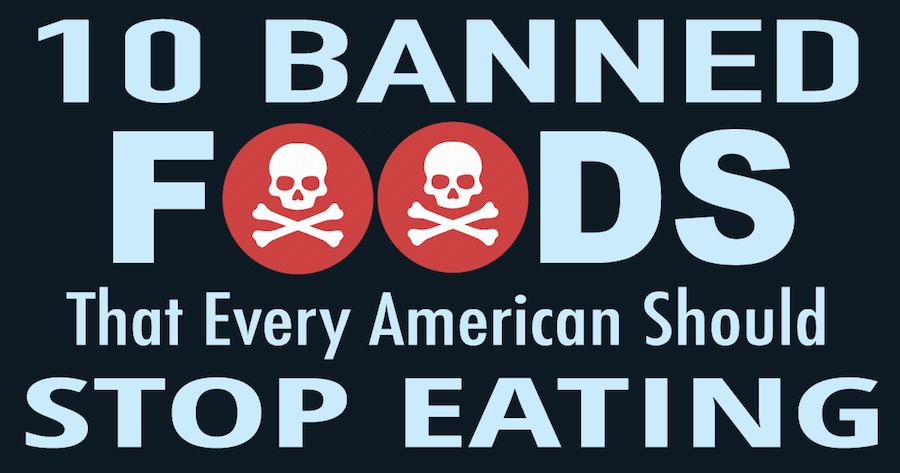
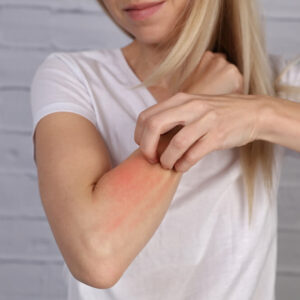
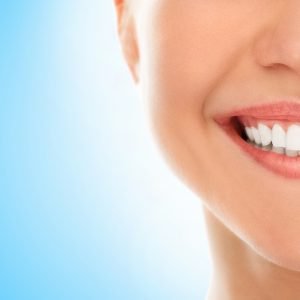
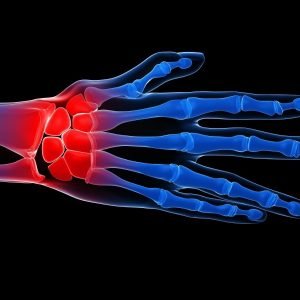
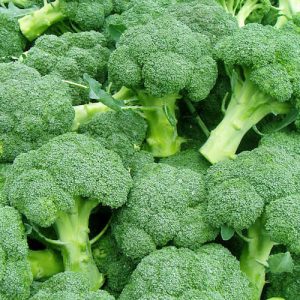


Thank you for giving the heads up! Didn't know about the chicken.
Kind regards,
NAMASTE
Carly, I thought astaxanthin was a supplement noted for health benefits? Am I thinking of something else?
Hey James! Yes, naturally occurring astaxanthin is an incredibly strong antioxidant that has amazing health benefits. I think what I was trying to say was that the pigment pellets they add to the food contain astaxanthin, as well as other harmful chemical compounds. I just edited that sentence. Thanks for bringing that to my attention.
Awesome – thanks for clarifying that! 🙂